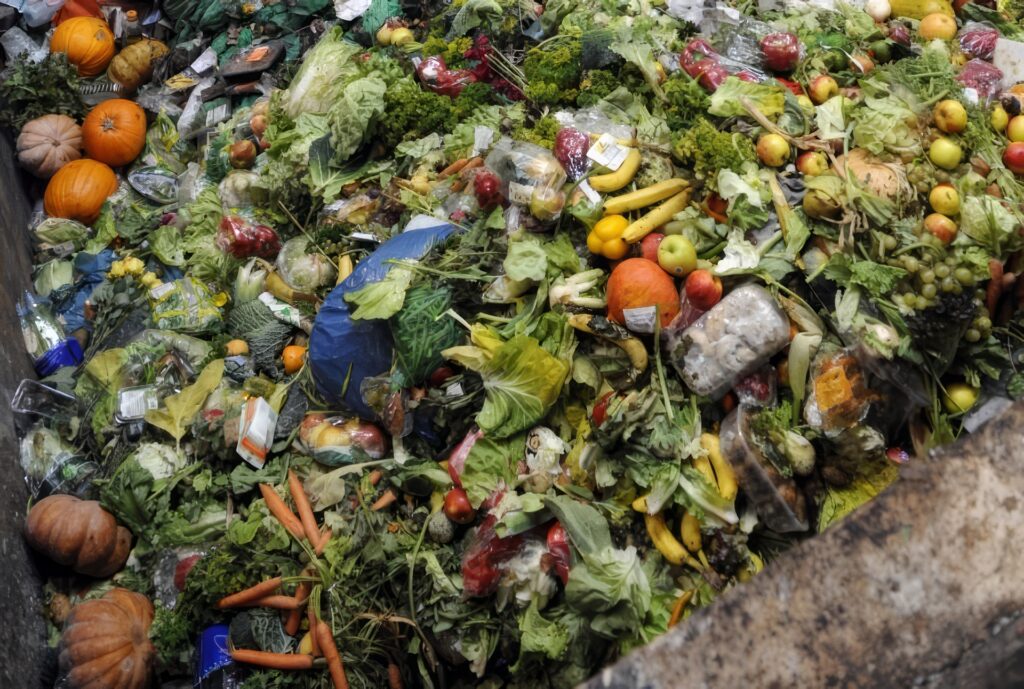FOGO: A Promising Future for Organic Waste
FOGO: A Promising Future for Organic Waste
FOGO: A Promising Future for Organic Waste, but Its Success Hinges on Quality Control and Market Development

Intro
Australia’s transition towards Food Organics and Garden Organics (FOGO) kerbside collection systems is poised to become a transformative step in waste management, with the potential to divert over 3 million tonnes of organic waste from landfill annually. This shift is expected to significantly reduce greenhouse gas emissions, lessen odour pollution from landfills and waste trucks, and produce high-value compost to improve agricultural soils and green spaces.
However, the future of FOGO is not guaranteed. While governments across Western Australia (WA), South Australia (SA), Victoria (VIC), New South Wales (NSW), and the Australian Capital Territory (ACT) are rolling out mandatory FOGO services, the system’s long-term viability faces serious challenges, particularly regarding contamination in compost products and the development of stable end markets.
The State of FOGO Rollouts Across Australia
FOGO collection involves diverting food scraps and garden clippings from landfill into a dedicated organic waste bin (typically with a green lid), which is processed into compost or soil improvers.
Mandated or active rollouts vary across states:
- Western Australia (WA): All Perth and Peel region councils must adopt FOGO by 2025.
- South Australia (SA): FOGO services are standard across metropolitan Adelaide and expanding into regional areas.
- Victoria (VIC): FOGO rollout statewide by 2030, starting with Melbourne’s councils, as part of Victoria’s Circular Economy Policy.
- New South Wales (NSW): FOGO is required across the state by 2030, though Sydney lags behind regional councils.
- Australian Capital Territory (ACT): FOGO services expanding following successful trials.
States lagging behind:
- Queensland (QLD): No statewide mandate, though some councils offer FOGO voluntarily.
- Tasmania (TAS): No announced state-level commitment.
- Northern Territory (NT): No formal plans for FOGO adoption.
Once fully operational, these schemes are expected to remove millions of tonnes of organic waste from landfill and reduce methane emissions, a potent greenhouse gas that landfills emit as food waste decomposes anaerobically.
The Environmental and Operational Benefits of FOGO
1. Greenhouse Gas Reduction
Organic waste decomposition in landfills accounts for roughly 11 million tonnes of greenhouse gas emissions annually in Australia.
Diverting this waste to composting systems, which decompose aerobically, reduces methane production and helps Australia meet its net-zero targets.
2. Odour Reduction
Removing food scraps from general waste bins also reduces odours during waste collection and landfill operations, improving conditions for residents and waste workers.
Waste trucks transporting drier, less decomposable waste emit less odour, particularly in dense urban areas like Sydney.
3. Improved Resource Recovery
Once food is removed from general waste, remaining dry materials (e.g., plastics, metals, glass) can be more effectively sorted and recovered in future advanced processing plants.
Countries like Germany and the Netherlands already feed residual red-bin waste into advanced mechanical sorting facilities, extracting valuable recyclables before sending the remainder to energy recovery.
This future capability in Australia depends heavily on the success of FOGO, as wet organic matter in red bins prevents efficient sorting.
The Major Threat: Compost Quality and Market Viability
Despite these benefits, the Australian composting sector faces a growing crisis:
Contaminated FOGO feedstock is producing low-grade compost, threatening end-user confidence and undermining the very markets FOGO depends on.
Plastic and Glass Contamination
- Plastic fruit stickers, bread tags, food packaging, glass shards, and cutlery frequently enter FOGO bins, contaminating the organic waste stream.
- Contaminants are difficult and expensive to remove, often passing through screening processes into the final compost product.
- Farmers and landscapers report rejecting compost containing visible plastics and glass, damaging the reputation of FOGO-derived products.
Current Standard AS 4454 Is Inadequate
Australia’s national compost standard AS 4454-2012 permits:
- 0.5% physical contamination (glass, metal, rigid plastic).
- 0.05% flexible plastic.
While these figures may seem small, 0.5% plastic contamination in compost is highly visible. Farmers and landscapers view plastic and glass fragments as unacceptable, fearing soil contamination, crop damage, and reduced consumer confidence.
As organic material decomposes, non-biodegradable contaminants like plastic and glass become even more visible, damaging soil quality and visual appearance.
Push for Stricter Quality Standards
Industry experts argue AS 4454 is outdated, having been designed for garden organics compost, not FOGO, which introduces food waste and packaging contaminants.
MRA Consulting has proposed a Local Government Best Practice Standard, informally dubbed “AS 4454 Mark II”, which:
- Halves contamination limits compared to AS 4454.
- Encourages councils to mandate this standard in processing contracts.
Cost Implications
Achieving higher compost purity requires more intensive processing:
- Advanced screening equipment.
- Manual sorting lines.
- Higher rejection rates for contaminated loads.
Industry estimates suggest an additional $10 per tonne processing cost, raising the FOGO gate fee to approximately $110-170 per tonne.
However, FOGO remains cheaper than landfill disposal, which can exceed $200 per tonne in some regions.
The Risk of a Two-Tier Compost Market
Uneven adoption of quality standards could lead to a “two-tier” compost market:
- High-quality garden organics and well-managed FOGO compost for agriculture and landscaping.
- Low-grade FOGO compost contaminated with plastic and glass, potentially pushed onto low-value applications like landfill cover and mine site rehabilitation.
If low-grade compost floods the market, trust in all compost products could collapse, driving buyers away and destroying markets built over decades by reputable composters.
This risk is not theoretical:
- The NSW EPA banned the land application of MWOO (Mixed Waste Organic Output) from red bin waste in 2018, after concerns over contamination.
- Industry veterans warn that poor-quality FOGO compost could repeat this failure.
What Needs to Be Done
1. Mandatory Compost Quality Standards
State governments must:
- Update AS 4454 to reflect the realities of FOGO contamination.
- Adopt binding contamination limits, ensuring all compost meets agricultural and landscaping requirements.
- Prohibit low-quality compost for agricultural land.
2. Councils to Embed Quality in Contracts
Councils should:
- Adopt the MRA Best Practice Standard in all FOGO processing tenders.
- Prioritize contamination reduction programs for households.
- Reject low-cost contractors relying on landfill rehabilitation or “low-brow” disposal outlets.
3. Source Separation and Community Education
Public campaigns should:
- Promote correct bin use.
- Push for bans on plastic fruit stickers, a major contamination source.
- Encourage compostable packaging certification schemes.
4. Investment in Processing Technology
Processing facilities require:
- Automated sorting systems capable of identifying and extracting small contaminants.
- Inspection lines for manual quality control, especially at the final screening stage.
Summary
FOGO holds the potential to reshape Australia’s organic waste landscape, but its future is at risk if compost quality fails.
Governments, councils, and industry must prioritize quality standards, invest in infrastructure, and protect end markets.
Only by ensuring FOGO compost is clean, reliable, and fit for agriculture and urban landscaping can Australia’s circular economy for organics thrive long-term.


